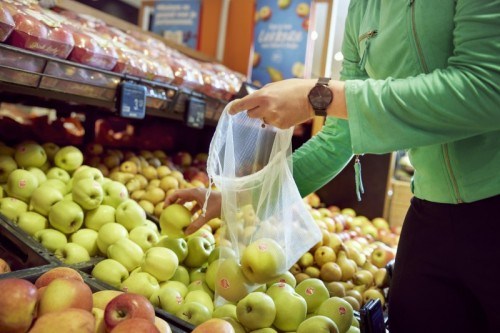Global food prices in October reached their highest level in ten years, according to figures from the Food and Agriculture Organisation (FAO) of the United Nations.
Prices of cereals, vegetable oils and dairy rose considerably, while meat and sugar prices fell slightly, the FAO reports.
Their FAO Food Price Index (FFPI) is a measure of the monthly change in international prices of a basket of food commodities; “after rising for three consecutive months, the FFPI in October stood at its highest level since July 2011,” the organisation said in a press release.
The rise is driven primarily by continued strength in the world prices of vegetable oils and cereals. The FAO Vegetable Oil Price Index averaged 184.8 points in October, up 9.6 percent month-on-month and marking an all-time high, with the increase driven by firmer price quotations for palm, soy, sunflower and rapeseed oils.
“International palm oil prices increased for a fourth consecutive month in October, largely underpinned by persisting concerns over subdued output in Malaysia due to ongoing migrant labour shortages,” FAO said.
Related News
- Financial assistance for households facing rising energy bills this winter
- Higher prices in supermarkets expected next year
- Carrefour struggled to fill shelves, even after strike ends
Their Cereal Price Index averaged 137.1 points in October, 22.4 percent higher than its level one year ago, which is attributed in part to “tighter availability in global markets due to reduced harvests in major exporters,” in particular Canada, Russia and the US, which continued to put upward pressure on prices.
When it comes to dairy prices, that index was up 15.5 percent compared to its level a year ago.
“In October, international price quotations for butter, skim milk powder and whole milk powder rose steeply for the second consecutive month, underpinned by firm global import demand amid buyers’ efforts to secure supplies to build stocks,” FAO explained.
“Seasonally low milk supplies and tight inventories in Europe, and a slower start than earlier anticipated to the new milk production season in Oceania, also lent support to world milk prices.”

